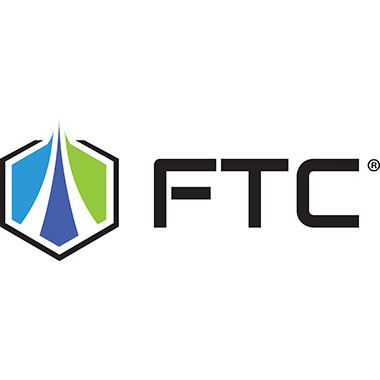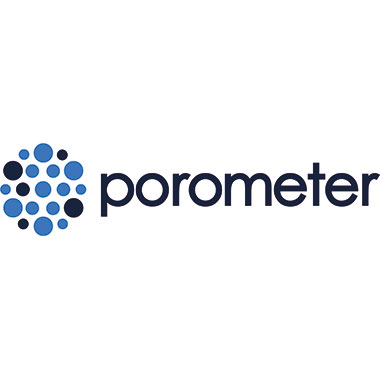Guest blog by Kathleen Owen, ASHRAE Fellow, ETF member and Air Pollution Control Engineer for Owen Air Filtration Consulting
Have you been asked how MERV filters catch PM2.5? Obviously, it’s easy to go to the ASHRAE Standard 52.2 MERV table and see that a MERV 13 filter is ≥ 85% in the 1-3 µm particle diameter size range. This is often the answer you need. Still the questions keep coming, including from ASHRAE SSPCs 62.1 and 62.2. With ISO 16890 providing an ePM and these ASHRAE committees deciding to specify filters using particulate matter efficiencies, it became clear that ASHRAE 52.2 needed to address this issue.
Announcing PM152.2, PM2.552.2, and PM1052.2!
These calculated mass-based efficiencies became a part of Standard 52.2 on August 3, 2020, when Addendum b posted on the ASHRAE Standards Addenda website. https://www.ashrae.org/technical-resources/standards-and-guidelines/standards-addenda
To understand the calculated PM efficiency of a filter in an HVAC system, one must first think about what is in the air and then how the filter works. The particles in the air are described by a particle size distribution (psd) showing what mass or mass fraction is in each size range. The function of a filter can be presented as the removal efficiency for particles of different sizes. Thus, if you have the data for the psd of your application and data for the efficiency curve of your filter from 52.2 (or another test), you can calculate how well your filter will perform.
However, the psd varies by location, time of day, sources, your filter, etc. Plus, labeling filters would be impossible if a filter got a different rating for each house and building. So, we have to pick a standard psd to use. ISO 16890 chose two psd, one higher in large particles and the other higher in small particles. These are called Rural and Urban. In 52.2, other psd were considered. It must be noted that there are essentially unlimited psd that could occur. For this discussion, several sets of real psd from Jiang and Boor’s study (2020) were averaged and used (see the real data in the second graph).


Looking at the variety of psd, a flat distribution is close to the average and is representative of the whole set. This concept was accepted by the 52.2 committee and used as the calculation basis for the PM52.2. To calculate our PM-based efficiencies, the efficiencies must be weighted by the psd. But because of the flat distribution, the math based on the 52.2 data set becomes easy.
In 52.2, average efficiencies are reported as E1 for 0.3-1.0 µm; E2 for 1.0 – 3.0 µm; and E3 for 3.0 – 10.0 µm. Thus, quite simply,
PM152.2 = E1 PM2.552.2 = average of E1 and E2 PM1052.2 = average of E1, E2, and E3
So using the same test procedures with additional math, ASHRAE 52.2 now has efficiency values to meet your PM efficiency needs.
REFERENCES
ANSI/ASHRAE. 2020. Addendum b to ANSI/ASHRAE Standard 52.2-2017.
ASHRAE 52.2-2017. Method of Testing General Ventilation Air-Cleaning Devices for Removal Efficiency by Particle Size.
ISO. 2016. Standard 16890: Air Filters for General Ventilation.
Jiang, J. and B. Boor, 2020. B.E. Evaluation of Ultrafine Particle Source and Loss Processes with Building Energy Use Data. In Preparation for Submission to Energy & Buildings.
 Kathleen Owen, ASHRAE Fellow and ETF member, is an Air Pollution Control Engineer for Owen Air Filtration Consulting. She was involved in the development of ASHRAE 52.2, 145.2 (for gas-phase air cleaners), and 185.1 (UV/bioaerosol). She is the PI for ASHRAE 1784-RP and 1720-RP, round robin studies of ASHRAE 52.2 and 145.2, respectively. She is the current chair of 52.2.
Kathleen Owen, ASHRAE Fellow and ETF member, is an Air Pollution Control Engineer for Owen Air Filtration Consulting. She was involved in the development of ASHRAE 52.2, 145.2 (for gas-phase air cleaners), and 185.1 (UV/bioaerosol). She is the PI for ASHRAE 1784-RP and 1720-RP, round robin studies of ASHRAE 52.2 and 145.2, respectively. She is the current chair of 52.2.


















































